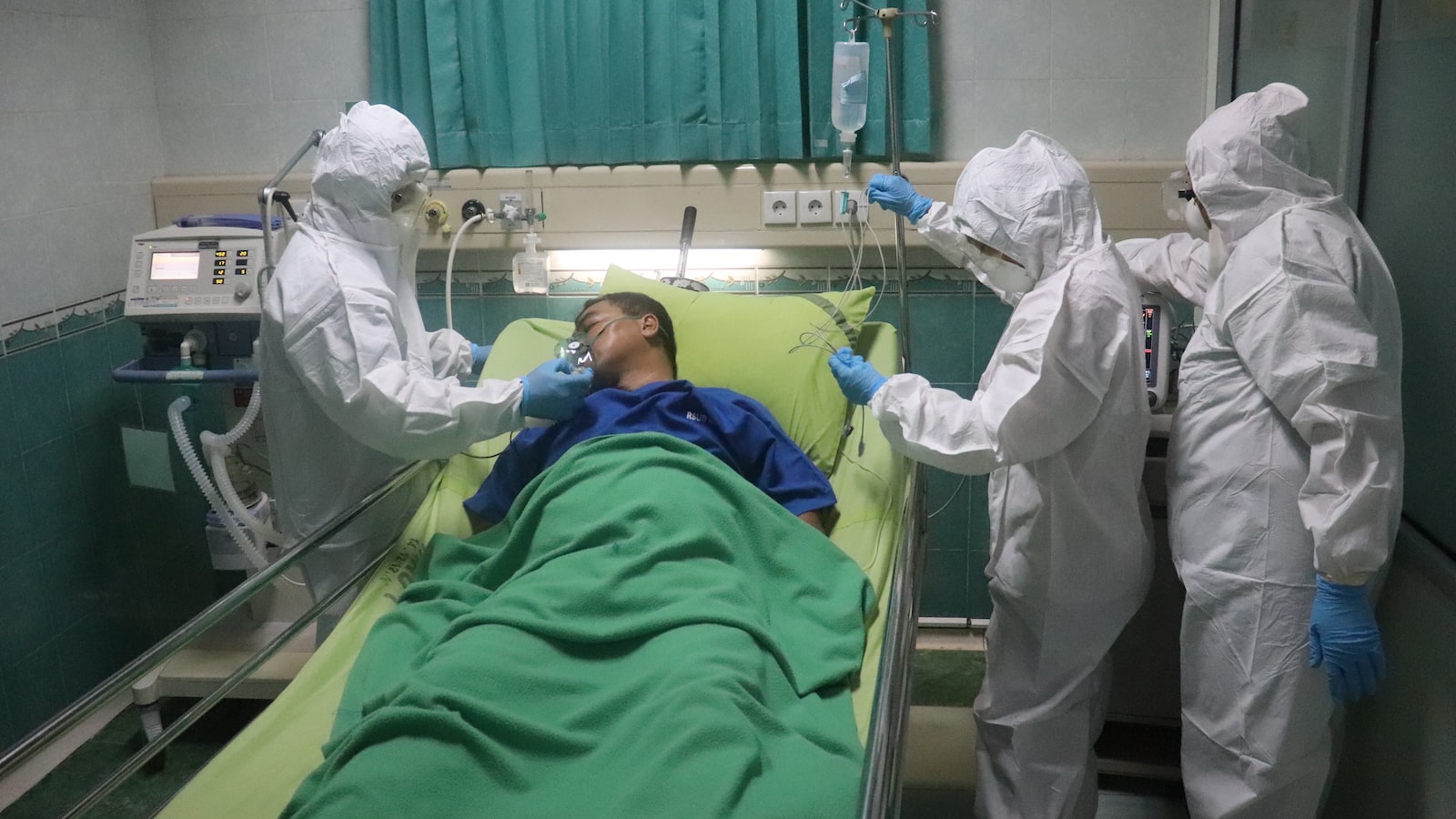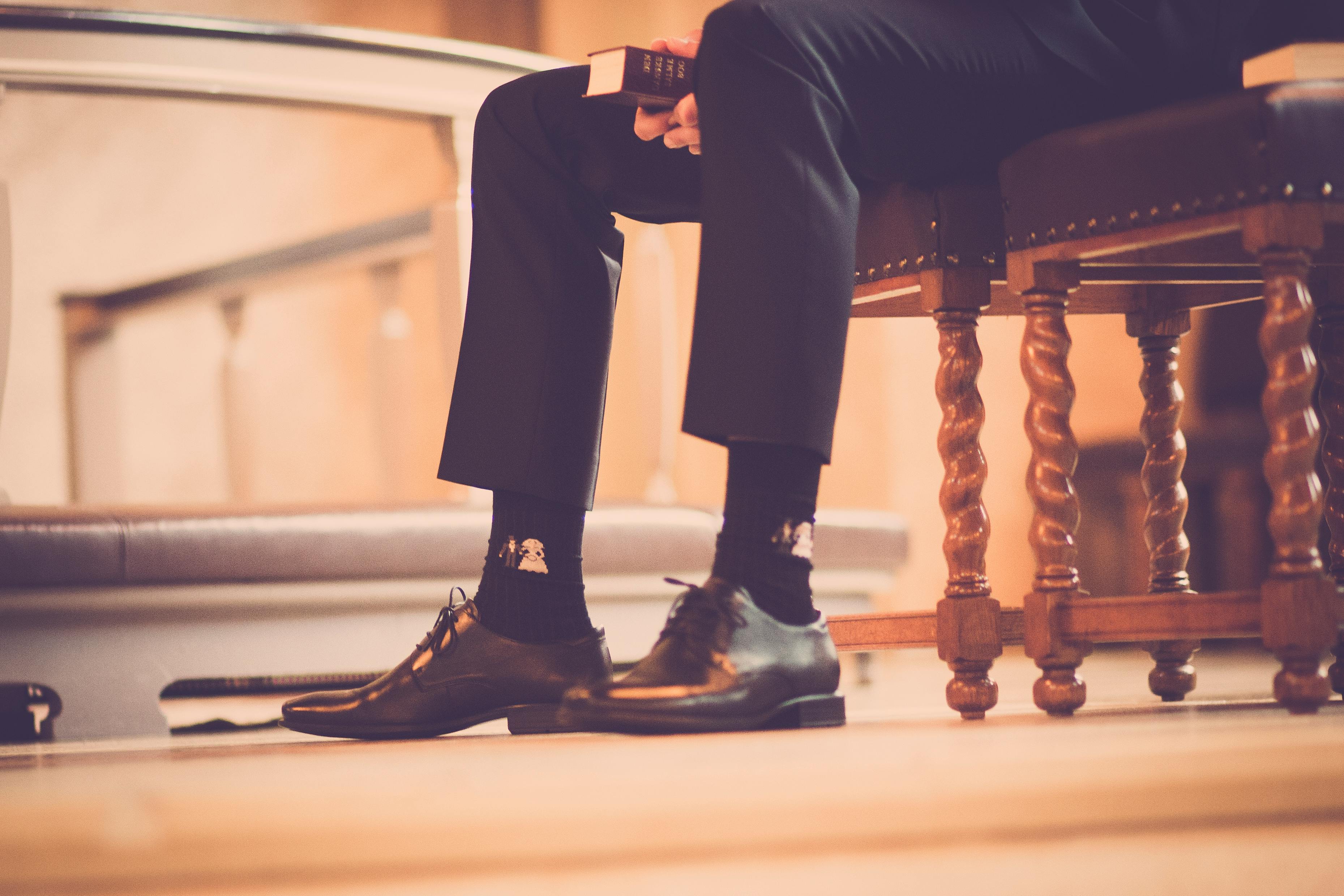Should Nurses Wear Compression Socks

Compression socks are a type of specialized garment that is designed to provide support to the feet, ankles, and legs. In recent years, nurses have started to wear compression socks while on the job. This is because compression socks can provide a range of benefits that can help nurses stay comfortable and safe throughout their shift. In this article, we will discuss why nurses should consider wearing compression socks and the potential benefits associated with this type of garment.Compression socks are special socks that provide graduated compression to help improve circulation and reduce swelling. They are designed to be tighter at the ankle and gradually decrease in pressure as they go up the leg, helping to promote blood flow back to the heart. These socks can be used for medical reasons such as aiding in recovery from surgery or helping with chronic conditions like varicose veins, or for everyday use by athletes to help boost performance.
The Benefits of Wearing Compression Socks for Nurses
Nurses are on their feet all day long, often working shifts that can last for 12 hours or more. Long hours combined with the physical demands of the job can cause nurses to experience a variety of foot and leg issues, such as swelling, fatigue, and soreness. Wearing compression socks can help to reduce these symptoms and provide nurses with a number of benefits.
Compression socks are designed to provide support and increase circulation, which helps to reduce swelling in the legs. The increased pressure from the socks helps to reduce inflammation and increases blood flow back to the heart. This can help reduce fatigue and soreness in the legs, making it easier for nurses to stand for long shifts.
Compression socks also provide extra cushioning for the feet, providing additional comfort when standing or walking on hard surfaces all day long. The socks come in a variety of styles and sizes so that nurses can find the perfect fit for them. They are also lightweight and breathable so that nurses don’t have to worry about them being too hot or restricting their movement while on shift.
Overall, wearing compression socks is an easy way for nurses to stay comfortable while on shift and prevent potential foot and leg issues from arising due to long hours on their feet. They are easy to put on and take off, making them a great choice for busy nurses who don’t have time for lengthy footwear changes during their shift.
How to Select the Best Compression Socks for Nurses
Compression socks are an essential part of a nurse’s uniform. They help reduce swelling, improve circulation, and provide extra cushioning and support during long shifts. Selecting the right pair of compression socks can make a big difference in your comfort and performance on the job. Here are some tips for finding the best compression socks for nurses:
1. Know Your Size: Compression socks come in a range of sizes, from small to extra large. It is important to measure your calves to ensure you get the right fit. If you don’t have access to a measuring tape, try using a string or ribbon and then measure it with a ruler.
2. Choose High-Quality Materials: Look for compression socks that are made of breathable fabric such as cotton, nylon, or Lycra. Avoid synthetic materials as they can be too hot and uncomfortable. If you have sensitive skin, look for socks made with natural fibers like bamboo or wool.
3. Consider Your Style: Compression socks come in many different colors and patterns so you can find one that suits your style. Some also feature reinforced toes and heels for extra durability.
4. Check For Comfort: The most important thing is that your compression socks are comfortable when worn throughout the day. Look for ones that have padded heels and flexible bands that won’t dig into your skin.
5. Consider Price: Quality compression socks can be expensive but they are worth it if it means staying comfortable all day long! You can often find deals online or at local retailers if you shop around.
By following these tips, you should be able to find the perfect pair of compression socks for nurses! With the right fit and materials, they will keep your legs comfortable all day long so you can focus on giving quality care to patients without worrying about aches and pains caused by long shifts on your feet!
Compression Socks Basics
Compression socks are a type of specialized hosiery designed to help improve circulation and reduce swelling in the feet and legs. They provide a snug fit that helps keep blood from pooling in the lower extremities. Compression socks come in a variety of styles, colors, and sizes, so it’s important to choose the right pair for your needs.
Choosing the Right Size
When buying compression socks, it’s important to make sure you get the right size. The fit should be snug but not uncomfortable. If you’re between sizes, it’s usually best to go with the larger size for maximum comfort and support. It’s also important to note that different brands may have slightly different sizing charts, so make sure to read the label carefully before making a purchase.
Putting On Compression Socks
Putting on compression socks can be tricky, especially if you have limited range of motion or mobility issues. Start by sitting down or leaning against something sturdy for support. Place your feet on the floor and slide each foot into its sock. Gently pull up on the sock until it reaches your knee or calf muscle (depending on the length of sock). Smooth out any wrinkles or bunches as you go; this helps ensure maximum comfort and support.
Wearing Compression Socks
Compression socks should be worn for at least 8 hours per day for maximum benefit. You can wear them while sleeping, exercising, walking, or even while sitting at work or home if needed. Make sure to check with your doctor before wearing compression socks if you have any health conditions such as diabetes or poor circulation as they may not be suitable for everyone.
Caring For Compression Socks
Caring for compression socks is relatively easy; just follow basic washing instructions when cleaning them. Most brands recommend washing in cold water with mild detergent and then air drying them flat away from direct sunlight and heat sources. If you don’t plan to wear them right away after washing, store them in a cool dry place until you need them again.
Pros of Wearing Compression Socks for Nurses
Compression socks are a great option for nurses to wear as they have many advantages. Firstly, they help to improve circulation in the feet and legs, which can be beneficial for those who spend long hours standing on their feet. Compression socks also help reduce swelling in the legs and feet, which can help to prevent fatigue and discomfort. Additionally, compression socks can help keep your feet dry and free of bacteria or fungal infections. Finally, compression socks provide extra cushioning and support, which can help reduce aches and pains associated with standing on your feet all day.
Cons of Wearing Compression Socks for Nurses
Though compression socks offer many benefits, there are some drawbacks to consider as well. Firstly, they may be uncomfortable to wear for long periods of time, especially if the fit is not properly adjusted. Additionally, depending on the material used in the socks, they may cause sweating or irritation to the skin. Finally, compression socks may be hard to put on if you have difficulty reaching your feet or have limited mobility in your hands or arms.

Are There Alternatives to Compression Socks for Nurses?
Compression socks are often recommended for nurses and other healthcare professionals who are required to stand and walk for long hours. Compression socks help in improving blood circulation, reducing swelling in the feet, and providing extra support. However, not everyone is comfortable wearing these medical garments. So, are there alternatives to compression socks for nurses?
The good news is that there are options available to those who don’t want to wear compression socks. For instance, one alternative is a shoe insert that provides the same kind of arch support and cushioning as a compression sock would. These inserts can be custom-fitted to the wearer’s feet and provide a comfortable fit while still providing the necessary support.
Another option is to wear special shoes designed specifically for medical professionals who stand and walk all day. These shoes often have extra cushioning in the soles and arch areas so that the wearer’s feet stay comfortable even after hours on their feet. They also offer extra stability and support so that the wearer maintains good posture while standing or walking.
Finally, wearing supportive stockings or tights can also provide a good substitute for compression socks. These stockings and tights come in various styles, materials, colors, and sizes so they can be customized according to individual preferences. They are designed to provide similar support as compression socks but without being as tight or uncomfortable around the ankles or calves.
In conclusion, there are several alternatives available for nurses who don’t want to wear compression socks but still need extra support while on their feet all day long. From custom shoe inserts to supportive stockings or tights, these options can help make standing and walking much more comfortable while still providing the necessary support needed by healthcare professionals who must stand or walk all day long.
Is Wearing Compression Socks Beneficial for Nurses Who Are Breastfeeding?
Wearing compression socks can significantly benefit nurses who are breastfeeding by improving circulation and reducing fatigue during long shifts. As they manage their nursing duties, incorporating bra wearing tips can complement the comfort and support needed. This holistic approach can enhance both their productivity and overall well-being.
Is There Any Risk in Wearing Compression Socks for Nurses?
Nurses often experience a lot of physical strain on their feet, ankles, and legs from standing and walking around for hours at a time. Compression socks are an increasingly popular option for nurses to help alleviate the pain and discomfort that comes with long hours of standing and walking. While compression socks can certainly offer some relief, there are some potential risks associated with wearing them on a regular basis.
The most common risk associated with wearing compression socks is nerve damage. Compression socks can put pressure on certain nerves in the feet, ankles, and legs that can lead to numbness or tingling sensations. If this pressure is not relieved in a timely manner, it can lead to permanent nerve damage. Furthermore, if the compression sock is too tight, it can cause severe discomfort or even block blood flow, leading to further complications such as swelling or bruising.
Another potential risk associated with wearing compression socks is skin irritation. If the material of the sock is too abrasive, or if it does not fit properly, it can cause skin irritation such as blisters or rashes. Additionally, prolonged wear of compression socks without proper cleaning and maintenance could lead to infection due to bacteria buildup.
Finally, there is also the risk of developing deep vein thrombosis (DVT). If a person wears compression socks for too long without allowing their legs time to rest and recover from physical strain, they could be at risk for developing DVT which could lead to potentially fatal blood clots in the veins of their legs.
Overall, while wearing compression socks can provide great relief from physical strain and discomfort for nurses who are on their feet all day long, there are some potential risks associated with prolonged use that should be taken into consideration before making them part of your nursing uniform. It’s important that you take regular breaks throughout your shift in order to give your feet and legs time to rest as well as ensure that your compression sock fits properly and is made from comfortable material that will not cause any skin irritation or bacterial buildup.
Proper Care and Maintenance of Compression Stockings for Nurses
Compression stockings are an important piece of equipment for nurses, as they provide support and help to maintain healthy blood circulation in the legs. It is essential that nurses take proper care of their compression stockings to ensure maximum effectiveness and longevity. Here are some tips on how to properly care for and maintain compression stockings:
First, it is important to always follow the manufacturer’s directions when washing and caring for the stockings. Generally, it is best to hand-wash the stockings with mild soap or detergent and warm water, then lay them flat on a towel or hang them up to dry. Avoid machine washing or drying as this can cause damage to the fabric.
Second, avoid pulling or stretching the fabric too much when putting on or taking off the stockings. This can cause wear and tear over time. It is best to roll up the stocking from top-to-bottom when putting it on and down from bottom-to-top when taking it off.
Third, inspect compression stockings regularly for signs of wear and tear. If any holes appear in the fabric, replace them immediately as this can affect their effectiveness. Also, be sure to replace them regularly according to manufacturer instructions.
Finally, store compression stockings in a cool dry place away from direct sunlight when not in use. This will help keep them looking new and prevent any premature damage caused by heat or light.
By following these simple guidelines for proper care and maintenance of compression stockings, nurses can ensure that their stockings remain effective for many years to come.

Conclusion
Compression socks are a great choice for nurses who are on their feet all day. They provide the support and stability needed to reduce fatigue, prevent foot and ankle strain, and improve circulation. The added comfort and protection of compression socks makes them an ideal choice for healthcare professionals. Compression socks can be used to reduce the risk of edema, varicose veins, thrombosis, and other health issues related to long hours standing on the job. With so many advantages, compression socks are an essential part of any nurse’s wardrobe.
When selecting compression socks for nurses, it’s important to choose a pair that provides the right level of support and comfort. There are a variety of styles and sizes available to suit different needs. Compression socks can also help nurses maintain healthy posture while on their feet for long periods of time. With the right pair of compression socks, nurses can enjoy improved comfort and protection while providing the best care for their patients.
In conclusion, nurses should consider wearing compression socks as part of their professional attire. Compression socks provide support and stability that can help reduce fatigue, improve circulation, and prevent foot and ankle strain. With so many benefits available from wearing compression socks, it’s easy to see why they’re becoming an increasingly popular choice among healthcare professionals.
